- Joined
- 25 June 2009
- Messages
- 14,753
- Reaction score
- 6,147
aim9xray said:Full drawings...
... and clearly labeled as "B.A.C. Model 105" and "B.A.C. Model 103"...
Thanks for sharing these beauties.
aim9xray said:Full drawings...
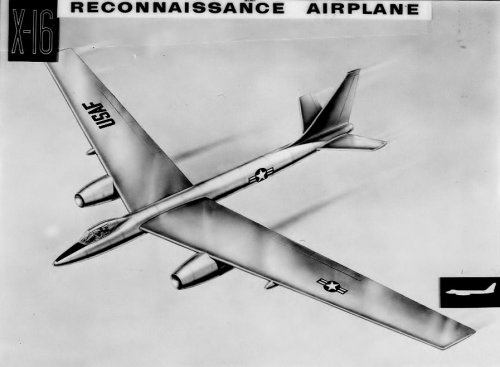
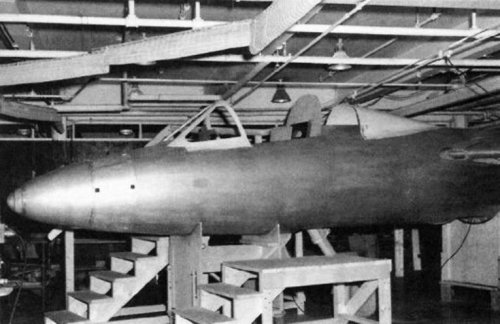
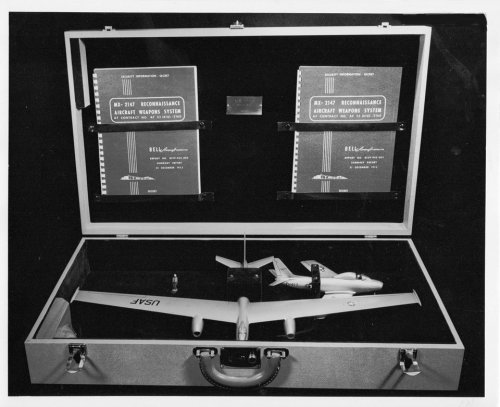
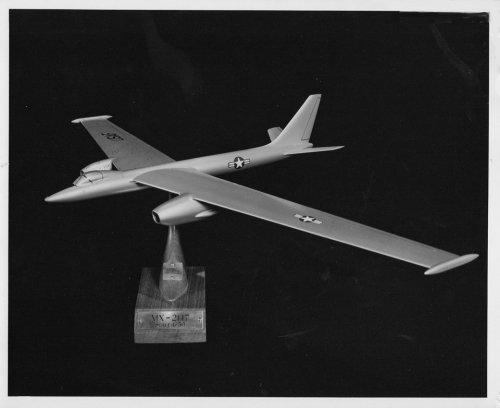
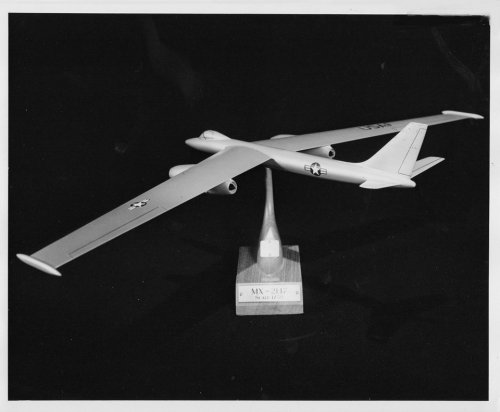
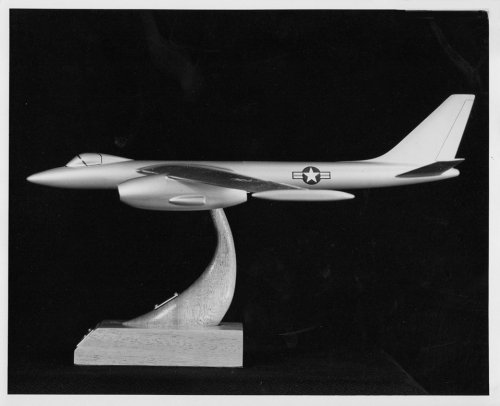
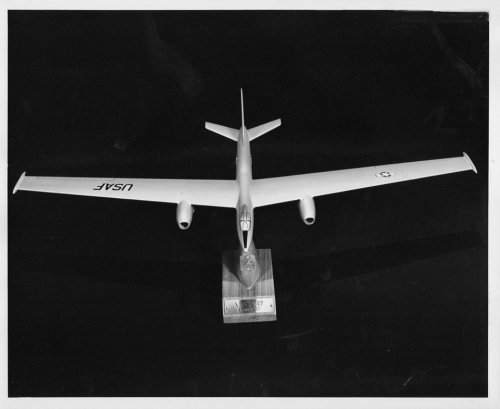
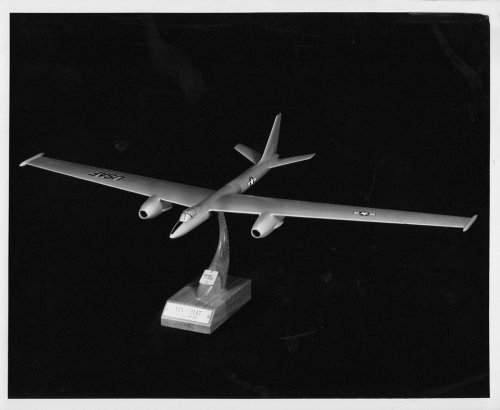
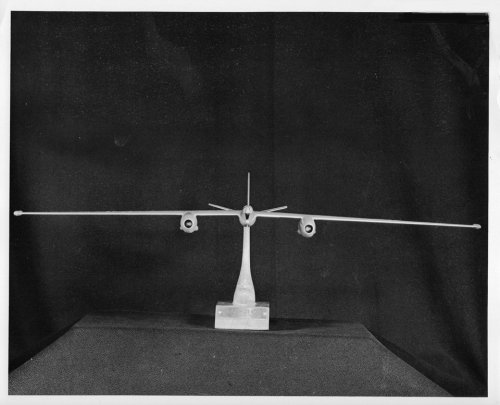
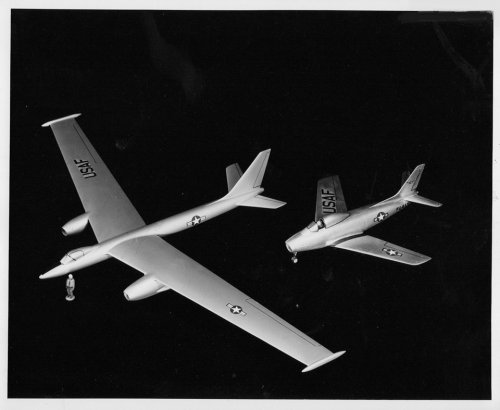
Clearer than what? This one?A clearer view,
- Самолеты стратегической разведки (Моделист-Конструктор. Спецвыпуск 1 2006)
Based on what I've read, the airplane was more of an Air Force-favored also-ran squeezed out by a superior, CIA-favored U-2. The design of the two aircraft and the eventual selection of the U-2 reflected opposed USAF and CIA approaches to overflight of denied territory--one military and dangerously provocative, the other civilian and seemingly less so. The latter prevailed.An interesting lost airplane that ended squeezed (and screwed) between RB-57D and U-2 when it had characteristics of both...
View: https://flic.kr/p/2q8cFxqRedRipper24 said:Fairchild M-195 Model
Likely the only existing wooden model of Fairchild’s M-195 design for a USAF high-altitude reconnaissance aircraft. The project never reached the development stage.
Hagerstown Aviation Museum, Hagerstown Regional-Richard A Henson Field Airport (KHGR)
